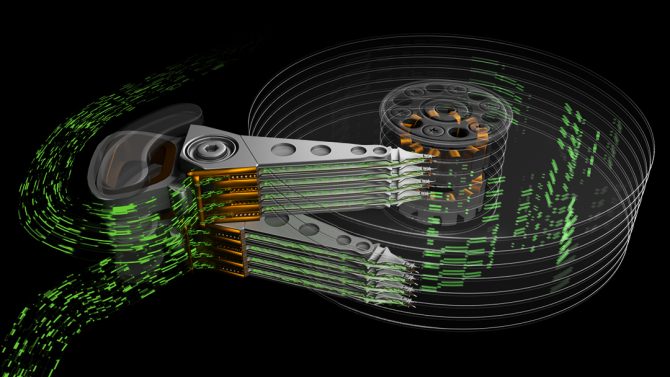Seagate has announced a breakthrough on its website that should double the data performance of HDDs the coming time. The technology is called Multi Actuator and it makes use of parallelism in a single hard disk drive.
In recent years HDDs have been increased a lot in capacity. Currently there are 12TB drives available, and 14TB drives are around the corner. Unfortunately the performance of HDDs has not been increased. With Seagate's Multi Actuator technology this should change.
"An actuator is the component that moves a hard drive’s heads over the media surface, to read and write data. Each recording head sits at the end of a moving actuator arm. Hard drives today are equipped with a single actuator, which moves all the read-write heads together in synchronous motion," Seagate explains on its website.
"In its first generation, Seagate’s Multi Actuator technology will equip hard drives with dual actuators (two actuators). With two actuators operating on a single pivot point, each actuator will control half of the drive’s arms. Half the drive’s recording heads will operate together as a unit, while the other half will operate independently as a separate unit. This enables a hard drive to double its performance while maintaining the same capacity as that of a single actuator drive," the company further explains.
It means that computers can handle a single drive, as if it was reading and writing to two individual drives. Ultimately this makes that a computer can retrieve two different data requests at the same time, which delivers data up to two times as fast than when using a single actuator.
The first generation of Multi Actuator drives will have two actuators, but the company hopes to further develop technology to use more actuators in future generations. High end drives currently are able to deliver up to 250 MB/s, so possibly the first generation of Multi Actuator drives might be able to achieve 500 MB/s.
It's not sure if the technology will end up in consumer drives, for now Seagate targets mainly data center usage.

















